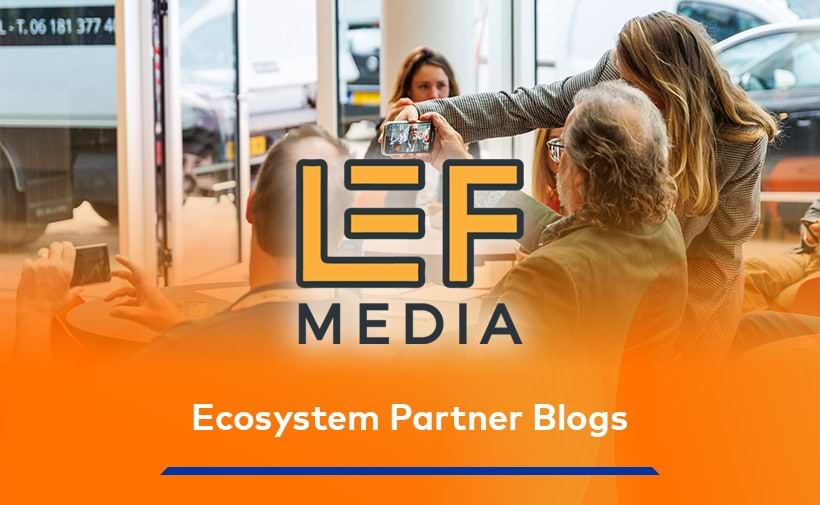These stories taught us to understand our emotions. According to John Sodawsky, one of the founders of storytelling, stories touch both the left brain (reason) and the right brain (emotion). This ensures that we not only understand stories, but also feel them. Thus, stories are often better remembered and are more quickly retold. A story can be told orally, written (like this blog) or expressed in images, through a (business) vlog, for example.
Storytelling has grown in popularity in recent years and is increasingly used by companies, but what does it really mean? For us, storytelling is telling a story with a personal, authentic touch. A story you can tell with passion and which comes straight from your heart. In our favourite book «The Power of Storytelling», Carmine Gallo describes how, as an organisation, you tell compelling and inspiring stories that help you achieve your goals.
Storytelling has grown in popularity in recent years and is increasingly used by companies, but what does it really mean? For us, storytelling is telling a story with a personal, authentic touch. A story you can tell with passion and which comes straight from your heart. In our favourite book «The Power of Storytelling», Carmine Gallo describes how, as an organisation, you tell compelling and inspiring stories that help you achieve your goals.
Whether you want to sell something, address a full room or motivate a team, a good story will make all the difference. Storytelling triggers change, making it an indispensable tool in these times when change is the new normal.
At the heart of storytelling: the human and authentic
Good stories evoke empathy and create a certain substance in your head. This same substance is produced when you eat chocolate; endorphins. It makes you feel happy, which can create connection. In this way, you can touch your target audience, making them feel more connected to you as a person and therefore also to your brand. The best storytellers (think Steve Jobs or Oprah Winfrey, for instance) kindle our inner fire, teach us something, motivate us and set movements in motion. The power of their story? They dare to show emotion and that, as far as we are concerned, is the key ingredient for a successful story. After all, an emotional and vivid story is much more persuasive than an abundance of information. A strong story behind the information is what touches you, which often ensures that precisely that story sticks.
Tell your story with a vlog
One minute of video says more than a thousand pictures. People have little time and, especially online, the viewer’s attention span is short. You therefore need to make sure you know how to get your story across and use the right tool. Trigger the viewer with something recognisable, create curiosity, and conclude with a call-to-action. Visualising a personal story behind your brand or product gives your company a face.
But how do you make sure your story reaches the world? We believe in the power of business vlogging. With this form of video, you film yourself from the hand. As a result, you are literally in connection with the viewer, really drawing them into your story. This way, you touch the viewer even more, creating a connection and turning your viewer into your fan.

